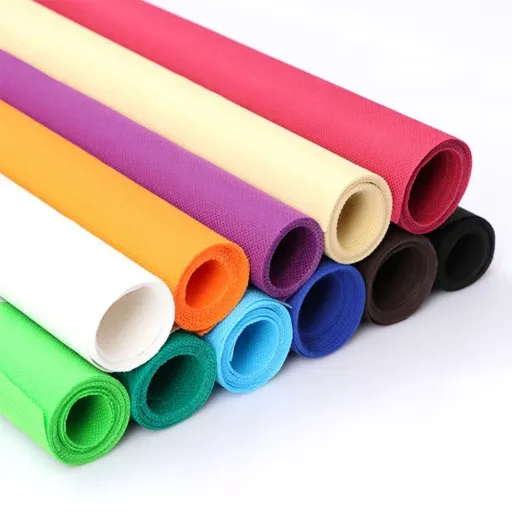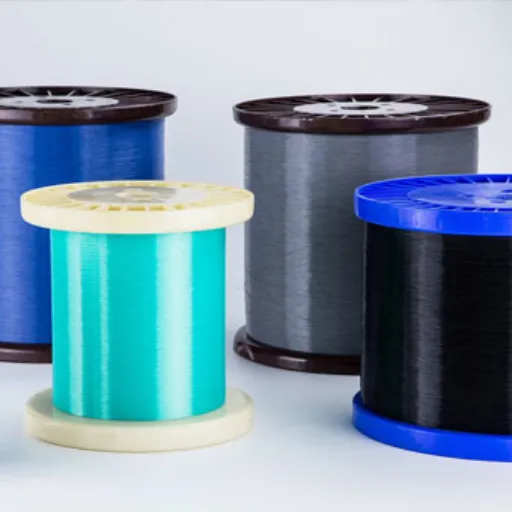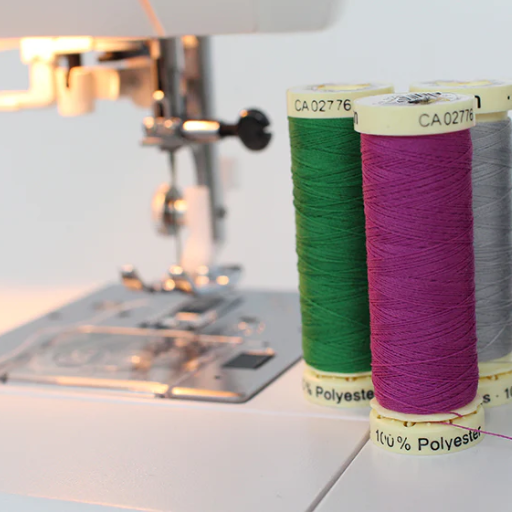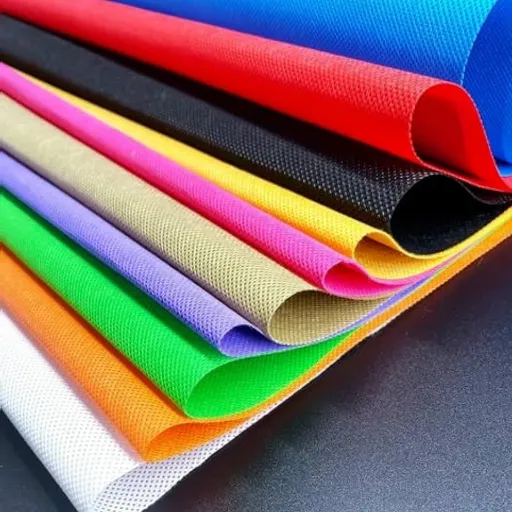When it comes to selecting the right fiber for clothing, upholstery, or craft pursuits, knowing the differences between the two can be the fine line between success and failure. They are manmade fibers with properties that affect their working characteristics, durability, and appeal. So what are the factors that differentiate the two, and which one do you pick for your needs? This blog takes you on a tour of the world of acrylics and polyesters, outlining the main defining features, differences, and usages. Whether you are a fashion enthusiast, a crafter, or simply curious about fabrics, this will equip you with the knowledge to make an informed choice.
What is Acrylic Polyester?
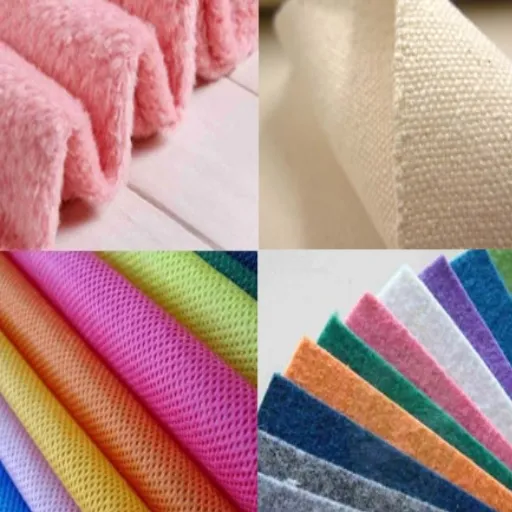
Acrylic polyester is a mix of acrylic and polyester fibers, combining the best attributes of both materials. Acrylic lends softness, warmth, and lightness to the fabric, making it a comfortable choice for wear. Polyester, on the other hand, offers durability with its wrinkle-resistant and moisture-absorbing properties, thereby enhancing the fabric’s functionality and lifespan. Together, these fibers form a highly flexible fabric that is commonly used in clothing, upholstery, and other home textiles due to its comfort and practicality.
A
Composition of Acrylic Yarn
Acrylic yarn is primarily composed of synthetic polymer fibers derived from polyacrylonitrile. Usually, it comprises at least 85% of acrylonitrile units that confer softness, elasticity, and warmth on the yarn. Other comonomers are mixed with it when production methods require improving performance: vinyl acetate or methyl acrylate are typical additives. These additives enable the fibers to exhibit improved dye absorption, flexibility, and texture, making the acrylic yarn adaptable to a wide range of applications. Through modern manufacturing, the continuous advancement of production enables the creation of fibers that are very similar to those found in nature, such as wool, but lighter in weight, more affordable, and easier to maintain.
P
Composition of Polyester Fabric
Polyester is primarily composed of a synthetic polymer called polyethylene terephthalate (PET), which is derived from petroleum. The process entails polymerizing purified terephthalic acid (PTA) or dimethyl terephthalate (DMT) with monoethylene glycol (MEG). This reaction yields strong and versatile polyester fibers. Polyester fabrics are appreciated for their resistance to wear, stretching, and shrinking; they also dry quickly. Textile technology has also improved to enable blending polyester with natural fibers, such as cotton, thereby enhancing the feel while retaining the benefits and easy-care traits of polyester.
Properties and Characteristics Comparison
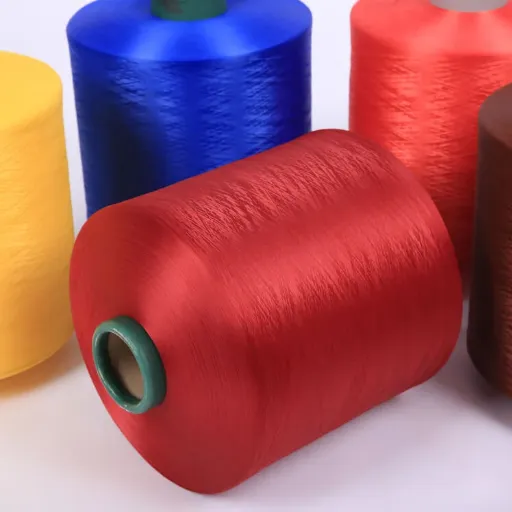
| Property | Acrylic | Polyester |
|---|---|---|
| Texture | Lightweight and relatively soft, often likened to wool in texture | Strong and durable with a smooth finish |
| Warmth | Warm and insulating, great for winter wear | Moderate warmth, excellent for active wear |
| Durability | Moth-resistant and sunlight-resistant, but tends to pill over time | Offers strength against stretching, shrinking, and general wear |
| Moisture Management | Limited moisture-wicking properties | Highest resistance to moisture and fastest drying speed |
| Maintenance | Easy to maintain, machine-washable, and quick-drying | Wrinkle-resistant and requires less maintenance |
Acrylic Yarn Characteristics
- ✓
Light and soft, with a wool-like feel that is warm and comfortable - ✓
Durability is attributed to protection against moths, sunlight, and many chemicals. - ✓
Retains excellent color and stays vibrant for a long time - ✓
Low-priced and considered a good bargain compared to natural fibers - ⚠
May experience pilling over time or lack breathability compared to natural yarns - ✓
Easy maintenance – machine-washable and quick-drying
Polyester Fabric Characteristics
- ✓
Resistance to stretching, shrinking, and wrinkling for longevity - ✓
Fast-drying and moisture-resistant, perfect for activewear - ✓
Lightweight yet strong enough to withstand outdoor conditions - ✓
Excellent color retention with repeated washes - ✓
Highly resistant to mildew and most chemicals - ✓
Highly versatile and easily blended with other fibers
Common Applications and Uses
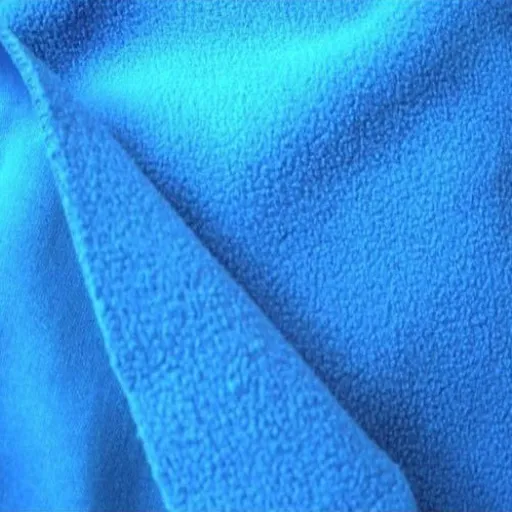
The acrylic and the polyester are very versatile and widely applied across industries:
Clothing and Textiles
Acrylic is used in sweaters, socks, and blankets due to its soft, wool-like feel. In contrast, polyester remains popular as a fabric for activewear, outerwear, and everyday apparel, primarily due to its strength and resistance to creasing and shrinking.
Home Furnishings
Both are used for upholstery, drapes, carpets, and pillows due to their resilience and ease of maintenance.
Outdoor Gear
Polyesters are ideal for tents, backpacks, and other outdoor equipment due to their moisture resistance. In contrast, acrylics are commonly used for outdoor furniture fabric because they do not fade.
Industrial Applications
Acrylic finds its way into building signage, light fixtures, and protective barriers; meanwhile, polyester usually ends up in the manufacture of ropes, conveyor belts, and industrial hoses.
Fashion Industry Applications
The significance of polyester and acrylic in the fashion domain lies, in general, in diversification and utility. The application of polyester, from its durability to wrinkle resistance and color retention on repeated washes, is widely recognized in the apparel industry. As they keep you dry during intense physical motion, they rank high among sports and activewear. Acrylics, in contrast, hold the title of being lightweight and warm substitutes for wool; hence, they are popular for sweaters, scarves, and other winter wear. Both materials have now found their way into the modern wardrobe, helping fashion houses to realize innovative designs in a range of practical and stylish options.
Home Textiles Uses
Polyester and acrylic are well-known for their versatility and durability. I appreciate polyester for use in curtains, upholstery, and bed linens due to its wrinkle resistance and ease of maintenance. In contrast, I love to use acrylic blankets and throws because of their soft and warm feel. Both are practical and stylish for everyday use at home.
Automotive Industry Applications
Regarding fibers, polyester and acrylic have their uses in the automotive industry due to their strength, durability, and flexibility. Polyester is commonly used in car seat upholstery, offering excellent resistance to wear and tear, while also providing a wide range of design options. Acrylic is used for car mats and interiors because it exhibits characteristics such as color retention and a soft texture. Both help create comfortable automotive interiors that align with current design trends and consumer preferences.
Benefits and Drawbacks Analysis
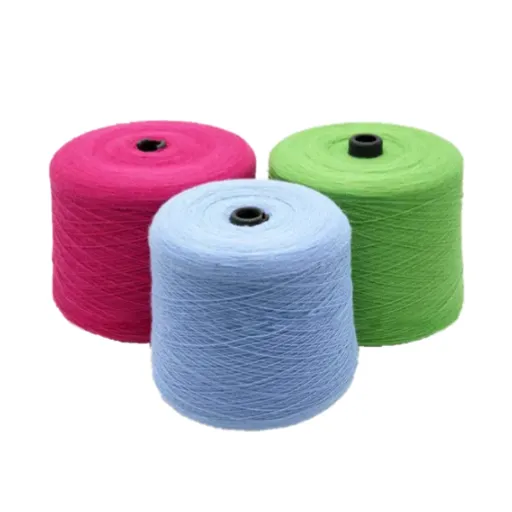
Acrylic Benefits & Drawbacks
✓
Benefits
- •
High color retention guarantees vibrant and lasting colors - •
Soft to the touch and comfortable, especially for automotive interiors - •
Weather-resistant and sun-resistant, with strong chances against fading - •
Lightweight and comfortable for multiple uses - •
Cheap and readily available alternative to natural fibers
✗
Drawbacks
- •
It can eventually start pilling and affect the appearance. - •
It may be expensive compared to other alternative materials
Polyester Benefits & Drawbacks
✓
Benefits
- •
Extremely durable and resistant to wear and tear - •
Cheap and versatile with countless design opportunities - •
Maintenance requires a straightforward process. - •
Fast-drying and moisture-resistant - •
Excellent color retention and chemical resistance
✗
Drawbacks
- •
Less breathable compared to natural materials - •
Susceptible to heat damage when exposed to extreme temperatures
Environmental Considerations
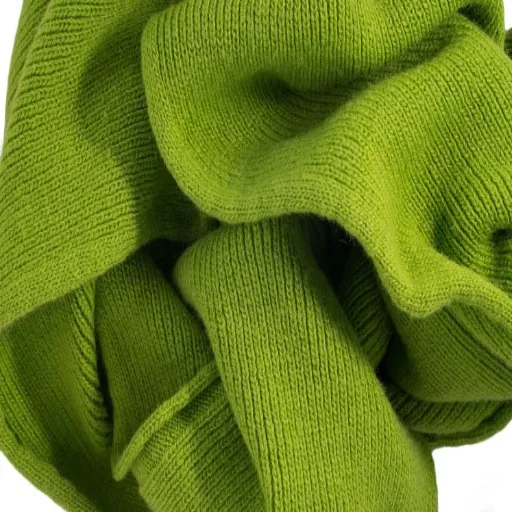
⚠
Environmental Impact Overview
This textile symbolizes versatility and usage, yet it poses multiple environmental problems. It is derived from petroleum, a non-renewable resource, and the entire manufacturing process of polyester is directly responsible for the emission of greenhouse gases. Polyester is not biodegradable; therefore, it will remain in the environment for years and contribute to landfill accumulation. The positive aspects of polyester garments can release microplastics into water bodies, which may have a detrimental effect on marine life and ecosystems. In contrast, recycling technologies have evolved recently to convert waste materials into recycled polyester, thereby minimizing the use of virgin raw materials and reducing environmental impact.
Environmental Impact of Acrylic
Environmental challenges are associated with acrylic, a synthetic fiber made from petroleum. The manufacturing processes for acrylic fabrics involve chemicals such as acrylonitrile, which can pose a risk to workers and the environment if not handled properly. Acrylic is another type of synthetic fiber that, just like polyester, cannot decompose and remains in landfills forever. Moreover, washing acrylic fabrics releases microplastics into waterways, which threaten aquatic life and exacerbate pollution problems. These concerns notwithstanding, efforts are underway to explore more sustainable alternatives and improve recycling options, although the technology for recycling acrylic is very complex and remains in its infancy.
Sustainability of Polyester Fabrics
Due to its durability, infamous versatility, and affordability, polyester is among the most popular synthetic fabrics. However, the environmental impacts are worth mentioning. Polyester is derived from petroleum, a non-renewable resource. Its production process has been very energy-intensive, which adds to the growing greenhouse gas emissions. Washing polyester garments, much like washing acrylics, introduces microplastics into waterways, posing serious threats to marine ecosystems. The state-of-the-art recycling technologies have also given rise to recycled polyester, mostly from post-consumer plastic bottles. Although recycled polyester is a more sustainable alternative, it does not entirely address the issue of microplastic shedding. Increasingly, efforts are being made to mitigate the environmental impact of polyester by researching the production of bio-based polyesters and investing in improved recycling infrastructure.
Frequently Asked Questions
Q
What are the key differences between acrylic and polyester?
The key differences between acrylic and polyester lie in their composition, durability, and breathability. Acrylic is made from synthetic fibers that are softer and warmer, while polyester is generally more durable and moisture-resistant. Acrylic may cause discomfort due to its less breathable nature compared to polyester, which is often preferred for clothing that requires greater airflow.
Q
Is acrylic or polyester better for warmth?
Acrylic is known for its softness and warmth, making it an excellent choice for cold-weather garments. However, polyester is often used in activewear due to its breathability and moisture-wicking properties. Therefore, if warmth is your primary concern, acrylic may be the better choice, but for versatility and comfort, polyester is generally more favorable.
Q
When choosing between acrylic and polyester fabrics, what should I consider?
When choosing the right fabric, consider factors such as softness, warmth, durability, and ease of care. Acrylic fabrics provide warmth and softness, while polyester fabrics are durable and resistant to wrinkles. If you prioritize comfort and warmth, acrylic may be the better option, but if you need something that can withstand wear and tear, polyester is often the preferred choice.
Q
How does the softness of acrylic compare to polyester?
Acrylic is often softer than polyester, providing a cozy feel against the skin. However, polyester offers a smooth texture that can also be comfortable. The choice between acrylic and polyester may ultimately depend on personal preference regarding softness and the intended use of the fabric.
Q
What is the environmental impact of using acrylic vs polyester yarn?
The environmental impact of acrylic and polyester yarns varies, with both being synthetic and derived from petroleum-based resources. Polyester is often recycled and can be made from reused materials, making it a more sustainable choice in some instances. Acrylic, on the other hand, may have a greater environmental footprint during production. When considering sustainability, look for suppliers that prioritize eco-friendly practices.
Q
Are acrylic and polyester yarns resistant to wrinkles?
Yes, both acrylic and polyester yarns are resistant to wrinkles, making them ideal for garments that require low maintenance. This characteristic allows clothing made from either fabric to retain its shape and appearance, reducing the need for frequent ironing.
Q
How do acrylic fibers compare to natural fibers like cotton or wool?
Acrylic fibers are often less breathable than natural fibers, such as cotton or wool, which can lead to discomfort in hot weather. However, acrylic provides a warmth that natural fibers may not match, making it suitable for winter apparel. Ultimately, the choice between these fibers will depend on the wearer’s specific needs and preferences.
Q
What are the advantages of acrylic compared to polyester?
The advantages of acrylic include its softness, warmth, and lightweight properties, making it a popular choice for winter clothing and accessories. It is also easy to care for and retains its shape well. While polyester is more durable and moisture-resistant, acrylic’s comfort and warmth can make it a better choice for specific applications.
Reference Sources
These are some professional and authoritative sources that could assist in checking and beautifying articles on “Is Acrylic Polyester.” They offer academic or research-based views on the preparation, properties, and applications of acrylic polyester:
ACS Omega (American Chemical Society)
Title: “Research and Prospect of Acrylic Polyester Resin Synthesis Process”
The study provides a detailed explanation of the synthetic process for acrylic polyester resin, shedding light on its manufacturing and application aspects.
Google Books
Title: “Synthetic fibres: nylon, polyester, acrylic, polyolefin”
This book is an enrichment on the history and explanations for synthetic fibers, including acrylic and polyester, their properties, and uses.
Wiley Online Library
This work presents a detailed synthesis and characterization of acrylic polyester resins, with a focus on their application in UV-curable systems.








